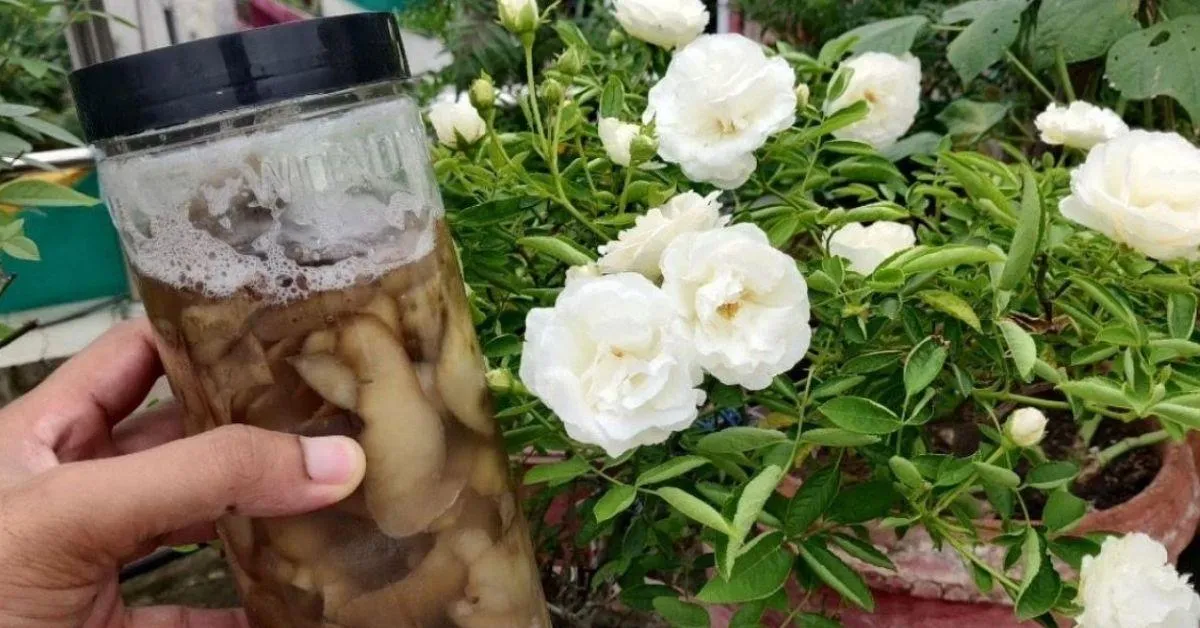Introduction
Potato peels are often discarded as kitchen waste, but they hold surprising benefits for gardeners. Incorporating potato peels into your garden can enrich soil, attract beneficial insects, and even help control pests naturally. This article explores expert-backed methods to use potato peels effectively in your garden, ensuring you reduce waste while promoting plant health and productivity.
Are Potato Peels Good for the Garden?
Potato peels contain essential nutrients like potassium, phosphorus, and nitrogen—key elements that plants need to thrive. When added to compost or soil, these peels help improve soil fertility and structure. However, it’s important to use them correctly to avoid attracting pests or spreading diseases.
Key benefits of potato peels in gardening:
- Nutrient-rich organic matter that boosts soil quality
- Supports microbial activity necessary for healthy soil
- Acts as a natural mulch to retain moisture
Experts recommend chopping the peels into small pieces before adding them to compost piles to speed up decomposition. Avoid placing raw potato peels directly on the soil surface without composting, as this can attract rodents or encourage fungal growth.
How to Compost Potato Peels Safely
Composting is the most effective way to recycle potato peels in your garden. Here’s a step-by-step process:
- Collect peels and chop finely. Smaller pieces compost faster.
- Balance with carbon-rich materials. Mix peels with dry leaves, straw, or shredded paper to maintain a healthy carbon-to-nitrogen ratio.
- Turn the compost regularly. Aeration speeds up decomposition and prevents odors.
- Monitor moisture levels. Keep the pile damp like a wrung-out sponge.
- Wait 2-3 months for complete breakdown before applying to your garden beds.
By following these steps, potato peels transform into nutrient-dense humus that enhances soil fertility without the risk of disease.
Using Potato Peels as Natural Pest Deterrents
Beyond enriching soil, potato peels can help manage garden pests naturally:
- Slug and snail trap: Place fresh peels face down near vulnerable plants. Slugs and snails hide under the moist peels overnight, making them easy to collect and remove.
- Attract beneficial insects: Decomposing peels can attract predatory insects like beetles that feed on harmful pests.
However, avoid overusing raw peels in exposed garden areas, as excess moisture can promote fungal infections or attract rodents.
Incorporating Potato Peels into Your Garden Routine
To maximize benefits, integrate potato peels thoughtfully:
- Add to compost bins routinely for steady nutrient supply.
- Use peel mulch sparingly around plants requiring higher moisture but ensure it’s well mixed.
- Avoid peels from green or sprouted potatoes, as they contain solanine, which can be toxic to plants and soil microbes.
Gardeners who practice these tips report improved soil texture and healthier plant growth, demonstrating the practical value of potato peel recycling.
Expert Insights and Case Studies
Dr. Emily Greene, a soil scientist with over 15 years of experience, highlights, “Organic kitchen waste like potato peels plays a vital role in sustainable gardening. When composted properly, it enriches soil biology and reduces the need for chemical fertilizers.”
A case study from a community garden in Oregon showed a 20% increase in vegetable yield after integrating composted potato peels regularly over one growing season, emphasizing their positive impact on soil fertility.
Conclusion
Potato peels are a valuable resource for gardeners aiming to improve soil health sustainably. By composting peels properly, using them as natural pest deterrents, and integrating them carefully into your garden routine, you can enhance plant growth and reduce waste. Remember to avoid using green or sprouted peels raw and maintain good composting practices for the best results. Start turning your kitchen scraps into garden gold today and watch your plants flourish!
